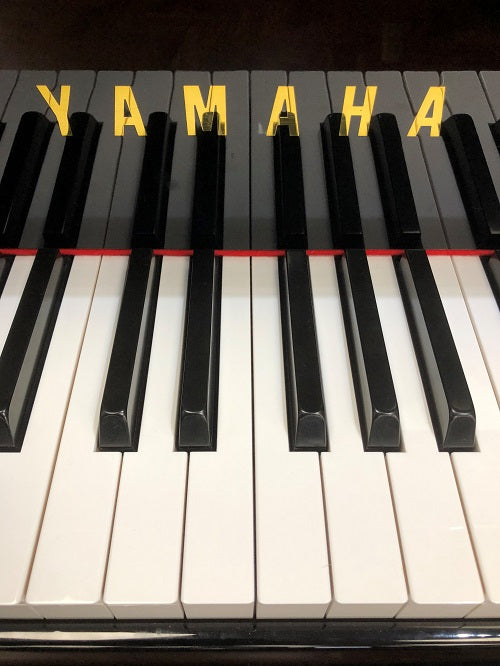What is Escapement on a Grand Piano and a Digital Piano?
Posted by Brittens Team on
What does 'double escapement' mean on an Acoustic Grand Piano?
We are sometimes asked, when demonstrating a grand piano (or high-end digital piano), what is escapement and what is the difference between escapement and double escapement?
What is Escapement?
'Escapement' is the mechanism that ensures that when you play a key on a grand piano, the hammer that raises up to strike the string falls-back (escapes) very quickly, allowing the string to resonate freely.
Without Escapement, the hammer would remain pressed against the string until the pianist fully released the key, muting the note played. If you press a key on a grand piano very gently, you can feel a slight clicking sensation of the Escapement action taking place¹.

In its original form the Escapement mechanism had to return to its at-rest position to be ready to work again, so had a limit as to how quickly you could repeat a key stroke on the same note.
Enter the design of 'Double Escapement'...
What is Double Escapement?
Double Escapement (or repetition) action was initially developed by Sébastien Erard of France in the early 1800s as an enhancement to Escapement.
Designed to overcome the requirement to 'fully release the key and reset the action' before pressing the same key again, it quickly became the standard for modern day grand pianos. It means that the pianist can hold the key slightly depressed, rather than fully releasing it, speeding up the ability to play the same note over and over again very quickly (as may be needed for a repeated staccato note).
What is 'escapement' on a digital piano?
There is no actual need for 'escapement' on a digital piano, as there are no hammers to be considered. However, with the keys being such a pivotal part of the essence of playing a grand piano, subtleties such as the feeling of 'escapement' are an important part of simulating the overall experience.
So, as the mechanism on an acoustic grand creates a very slight clicking sensation¹ when a key is played very lightly, the Yamaha Clavinova Series digital pianos recreate this, with upper models also including a repetition mechanism that has 3 proprietary sensors, designed to detect the slightest nuances of key movement, providing an even more natural sensation when playing.
Share this post
- Tags: Buyers Guides, Digital Piano, Piano
